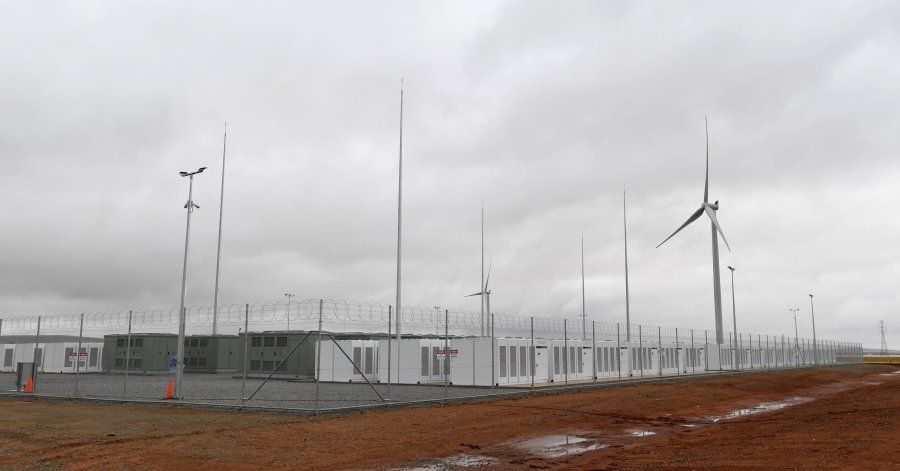Any thoughts about the problem of open discussion of the catastrophic risks?
TL;DR: In order to prevent x-risks, our strategic vision should outperform technical capabilities of the potential malevolent agents, which means that strategic discussion should be public and open, but the publication of technical dangerous knowledge should be prevented.
Risks and benefits of the open discussion
Bostrom has created a typology of info-hazards, but any information could also have “x-risk prevention positive impact”, or info-benefits. Obviously, info-benefits must outweigh the info-hazards of the open public discussion of x-risks, or the research of the x-risks is useless. In other words, the “cost-effectiveness” of the open discussion of a risk A should be estimated, and the potential increase in catastrophic probability should be weighed against a possible decrease of the probability of a catastrophe.






